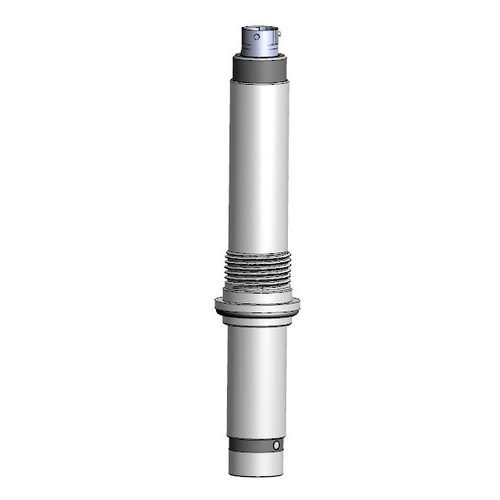AlpHa Measurement Solutions
Parameters
Browse by sensor type through Alpha’s electrochemical and optical sensor portfolios. Each sensor parameter is proudly manufactured and tested in-house, tailored to the unique requirements of the test and measurement application.
Applications
Search by use application to view products and solutions offered across industries. Contact us to purchase Van London products, or to have our engineers and sales professionals customize a solution to meet your unique test and measurement application.
Analyzers, Meters & Transmitters
Contact AlpHa to explore our capabilities to design and supply OEM liquid analytical process instrumentation and meters with a range of analytics to pair with both analog and compatible digital sensors and electrodes.
Vertically Integrated Global Manufacturing
+2M
Units Shipped Annually

Subject Matter Expertise
Fractional or Turnkey Product Development
Partner to OEM & Distributor Models
Browse by Application
Browse by Parameter
Give Us a Call
Industry Highlights/AlpHa's Take

Cooling Tower Water Treatment
In this article, we discuss the importance of assessing cooling tower water quality, methods of testing, and common treatment processes.

What is the pH of Drinking Water?
This article reviews the importance of pH in drinking water, optimal pH range for drinking water, how to measure it, and its health effects.

PTSA – Uses and Measurements
This article will explore PTSA uses and measurements, its uses in water treatment facilities and other applications.

